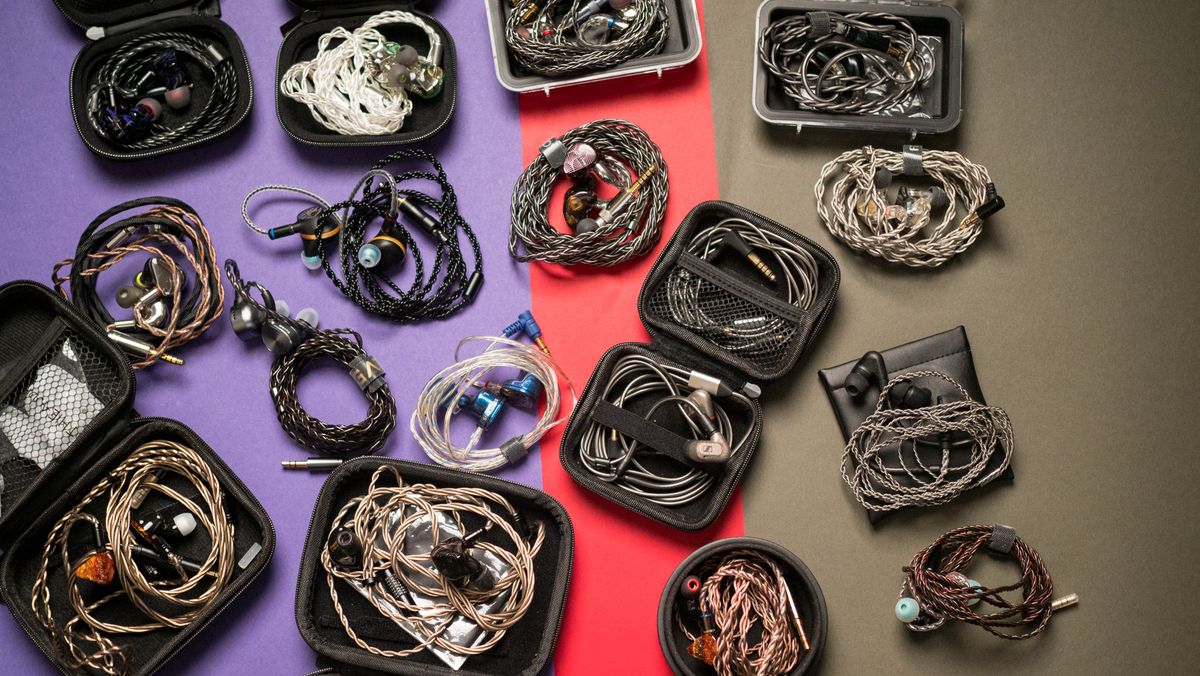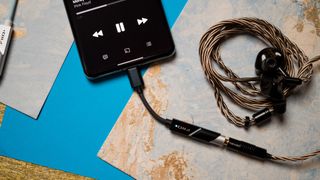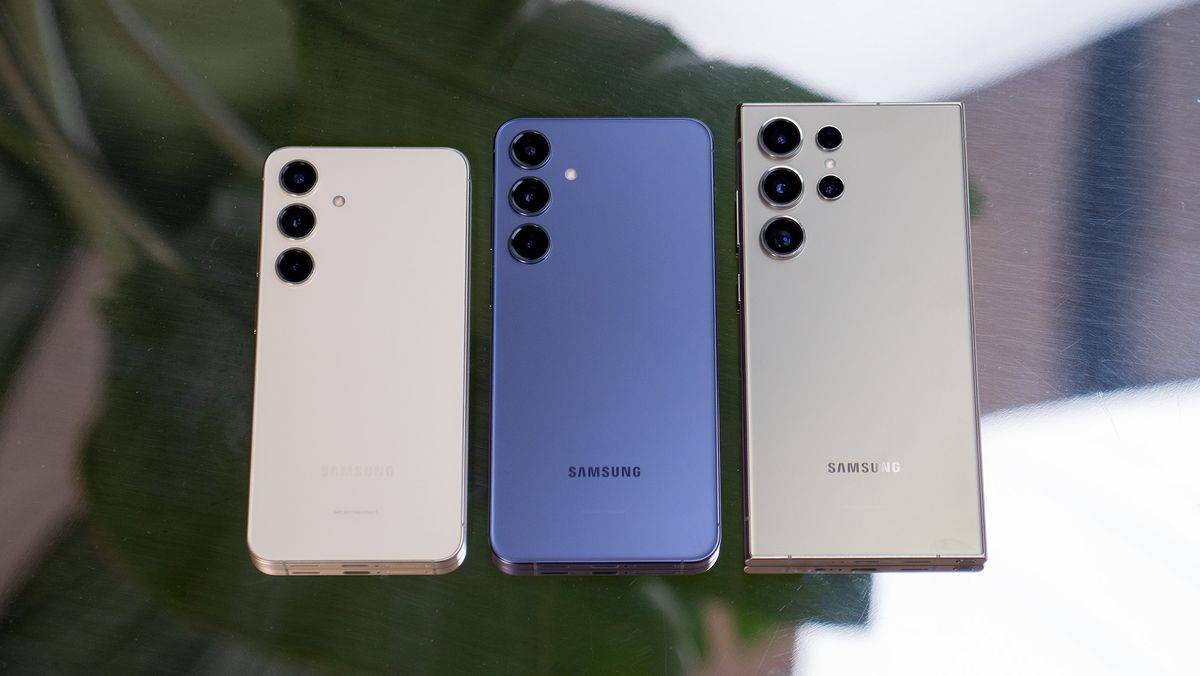Streaming music has never been easier; between the likes of Spotify, Apple Music, YouTube Music, and Amazon Music, you essentially have millions of tracks instantly accessible wherever you are. What’s particularly interesting is that you now get lossless music as standard with Apple Music, and that is a huge differentiator. Even though I subscribed to Spotify for the better part of a decade now, I had Tidal as a secondary service because of the higher-quality catalog.
Hardwired
In Hardwired, AC Senior Editor Harish Jonnalagadda delves into all things hardware, including phones, storage servers, and routers.
But with Apple Music essentially democratizing lossless audio, I didn’t see any need to use Tidal — or Spotify, for that matter. I still subscribe to Spotify, but most of my casual listening these days is on Apple Music. And when it comes to budget audio gear, there has been a radical change over the last three years.
While wireless earbuds are still the dominant choice, there’s been a meteoric rise in IEMs (in-ear monitors) in recent years, and it has coincided with the rollout of lossless streaming. At the outset, it isn’t hard to see why; while the best wireless earbuds have plenty of useful additions and a great sound, they’re still not quite on the same level as IEMs.
And although the 3.5mm jack is a distant memory on phones, you can now get a great dongle DAC for not a lot of cash — the $30 Fiio KA11 illustrates this well — and get much better sound while on the go. Like with most segments, renewed interest in IEMs is largely down to a wave of Chinese audio manufacturers that offer a terrific value.
I tested dozens of IEMs in the last 12 months, and the key takeaway is that budget earbuds have never sounded better. Brands like Fiio, Moondrop, and KZ Audio have plenty of budget options under $50 that sound incredible, and they’re just as durable as costlier earbuds.
There are dozens of standout choices in the $100 to $300 segment, and I think this is the sweet spot if you’re interested in venturing back into IEMs. If anything, you start seeing diminishing returns once you cross the $500 mark. The $649 Fiio FX15 is the brand’s costliest IEM as of writing, and it uses a combination of three sets of drivers to produce a fantastic sound with excellent layering and a wide soundstage. Thieaudio also uses a similar system in its $1,299 Prestige LTD, but is that twice as good as the Fiio? No.
Budget IEMs that cost just $25 — like the Tangzu Wan’er and 7Hz Salnotes Zero 2 — redefine the category as a whole, making it much more accessible to get great sound on the go. And considering you can get a good dongle DAC at around the $30 mark, you’re looking at $55 for a portable audio setup that lets you enjoy lossless music.
That would have been unthinkable even three years ago, but it illustrates the breakneck speed of the audio industry these days. Yes, I understand that wireless earbuds still have unmatched convenience, and while the sound quality has improved considerably — thanks to the use of innovative solid-state drivers in the case of the Creative Aurvana Ace 2 — they still don’t have the same effortless elegance of IEMs, and you don’t get as refined a sound.
So if you miss the days of plugging in a pair of earbuds to your phone and listening to music, now is the time to delve back in.
























Discussion about this post